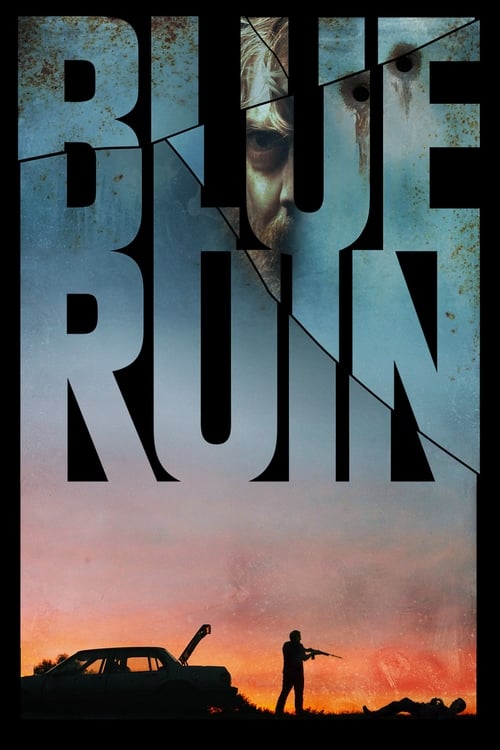
Title: Blue Ruin
Year: 2014
Director: Jeremy Saulnier
Writer: Jeremy Saulnier
Cast: Macon Blair (Dwight Evans), Devin Ratray (Ben Gaffney), Amy Hargreaves (Sam Evans), Kevin Kolack (Teddy Cleland), Eve Plumb (Kris Cleland),
Runtime: 91 min.
Synopsis: When the quiet life of a beach bum is upended by dreadful news, he sets off for his childhood home to carry out an act of vengeance. However, he proves an inept assassin and finds himself in a brutal fight to protect his estranged family.
Rating: 6.79/10